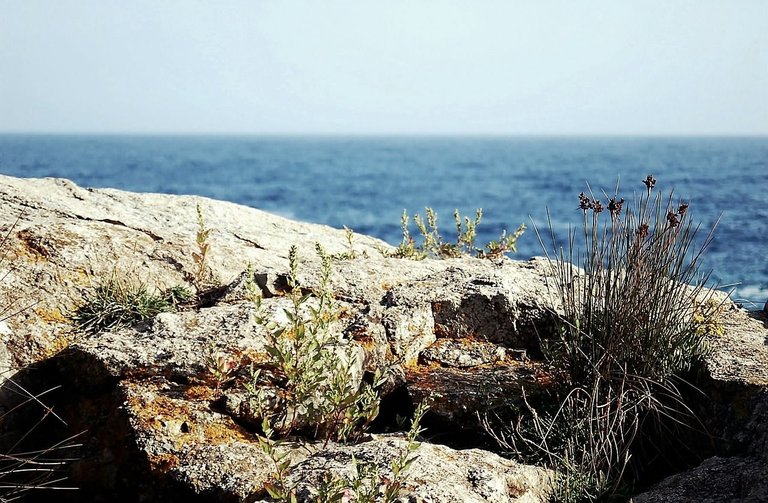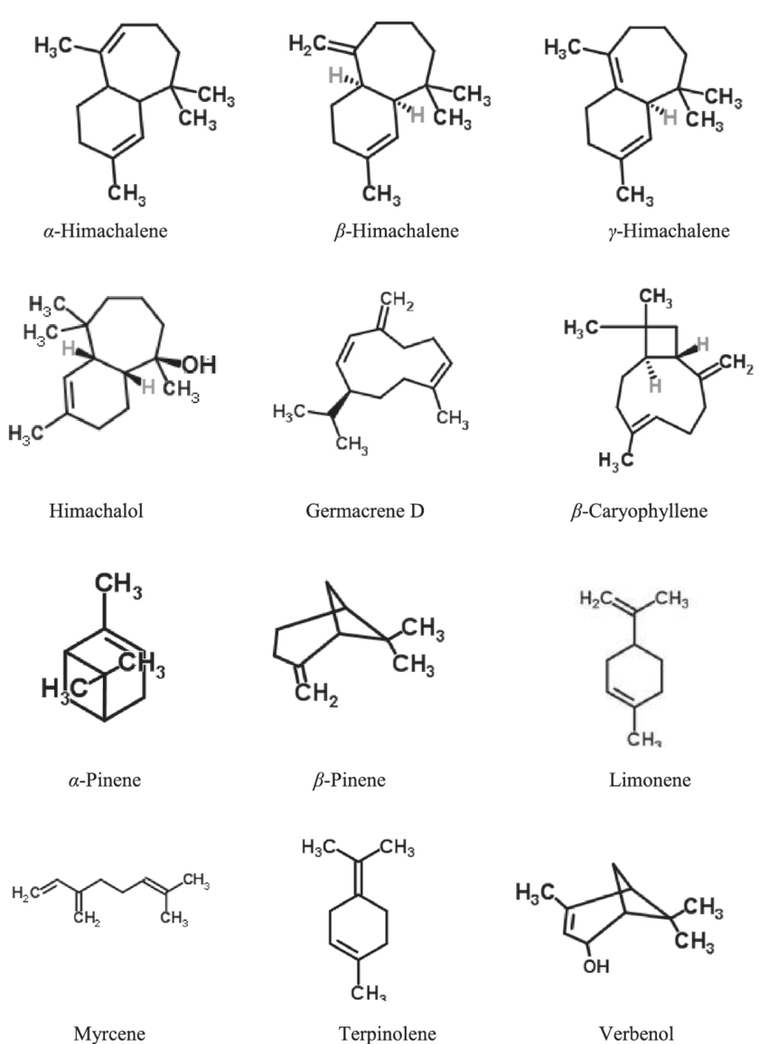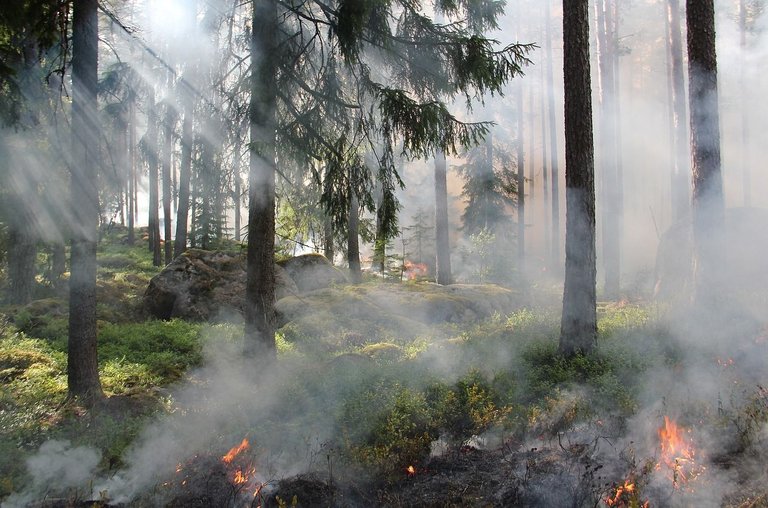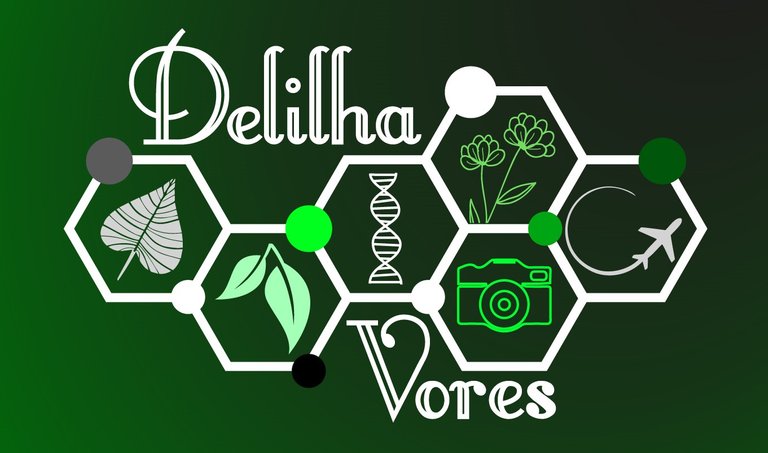Plant survival strategies after fires (part II) - Le strategie di sopravvivenza delle piante dopo gli incendi (parte II)
Welcome back Hivers friends,
Today I continue to tell you about the survival strategies of plants after fires. We have studied that in Italy, unfortunately, it is a very frequent problem and I am trying to investigate the scientific aspects of the phenomenon. In this first post I told you about the two main resistance mechanisms.
First of all, it is necessary to remember that to date it remains difficult to study the phenomenon on the basis of laboratory simulations because, in relation to the type of terrain, the temperature during the fire can vary greatly within a few centimeters (from 500°C in surface goes to just 50°C at 2 cm depth). It is therefore difficult to exactly recreate the conditions that occur in nature. Scientists, for now, limit themselves to observing the phenomenon by putting forward hypotheses that could be accepted or refuted.
Bentornati amici Hivers,
Oggi continuo a raccontarvi le strategie di sopravvivenza delle piante a seguito degli incendi. Abbiamo studiato che in Italia, purtroppo, è un problema molto frequente e sto cercando di indagare gli aspetti scientifici del fenomeno. In questo primo post vi ho parlato dei due principali meccanismi di resistenza.
Innanzitutto, è necessario ricordare che a tutt’oggi rimane difficile studiare il fenomeno in base a simulazioni di laboratorio perché, in relazione al tipo di terreno, la temperatura durante l'incendio può variare fortemente nel raggio di pochi centimetri (da 500°C in superficie si passa a soli 50°C a 2 cm di profondità). È difficile, dunque, ricreare esattamente le condizioni che si verificano in natura. Gli scienziati, per ora, si limitano a osservare il fenomeno avanzando delle ipotesi che potrebbero essere accettate o confutate.

Foto di Mar da Pixabay
In fires there is another aspect to consider: the presence of special molecules called terpenes, which play a fundamental role in plant-pathogen, plant-insect and plant-plant relations.
In Mediterranean climates, terpenes seem to play an important role. First of all, these substances favor combustion and, therefore, the spread of the fire. Furthermore, they appear to have an inhibitory action against the growth of annual weeds such as grasses and cucurbits. These dynamics could upset the balance of plant communities following fires.
Negli incendi vi è un altro aspetto da considerare: la presenza di speciali molecole chiamate terpeni, che svolgono un loro ruolo fondamentale nelle relazioni pianta-patogeno, pianta-insetto e nei rapporti pianta-pianta.
Nei climi di tipo mediterraneo i terpeni sembrano rivestire un compito importante. Innanzitutto, queste sostanze favoriscono la combustione e, quindi, il propagarsi dell’incendio. Inoltre, sembrano avere un’azione inibitoria nei confronti della crescita di erbacce annuali come graminacee e cucurbitacee. Queste dinamiche potrebbero sconvolgere l’equilibrio delle comunità vegetali al seguito del fuoco.

Examples of terpenes
Continuing my studies, I discovered that the smoke caused by the fire would also have an effect on the seeds. In fact, the smoke and gases produced during the fire appear to be promoters of germination! In particular, smoke acts as a chemical messenger for ethylene and ammonia gas molecules.
I find this topic very interesting because it makes us understand the extreme resilience of the plant world. What do you think about it? Thanks for stopping by my blog.
See you next time,
Delilha
Continuando i miei studi, ho scoperto che il fumo provocato dall’incendio avrebbe un effetto anche sui semi. Infatti, il fumo ed i gas prodotti durante l'incendio sembrano esseri promotori della germinazione! In particolare, il fumo funge da messaggero chimico per le molecole di etilene e gas ammoniacale.
Trovo che questo argomento sia molto interessante perché fa capire l’estrema resilienza del mondo vegetale. Voi cosa ne pensate? Grazie per essere passati sul mio Blog.
Alla prossima,
Delilha

Foto di Ylvers da Pixabay

Sources - Fonti:
https://lunam.it/scienza/piante-pirofite/
https://pubmed.ncbi.nlm.nih.gov/






@tipu curate
!LOLZ
Upvoted 👌 (Mana: 65/75) Liquid rewards.
lolztoken.com
And the son says, “dad, can’t you use a sponge?”
Credit: reddit
@delilhavores, I sent you an $LOLZ on behalf of elikast
(1/6)
Grazie per il supporto <3
The stricture of these chemical bond made me remember my days at higher institution where I had to take agriculture biochemistry as a course. Thanks for the info.
Chemistry is simply amazing! Thanks for your comment :)
You nailed it
Thanks a lot for your support 😊
Thats why in many forests fire is something important and common to exist!
It's very interesting! I was very surprised when I started studying this topic :)
Thank you for the support ❤️
Congratulations @delilhavores! You have completed the following achievement on the Hive blockchain And have been rewarded with New badge(s)
Your next target is to reach 75000 upvotes.
You can view your badges on your board and compare yourself to others in the Ranking
If you no longer want to receive notifications, reply to this comment with the word
STOP